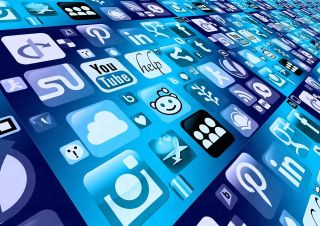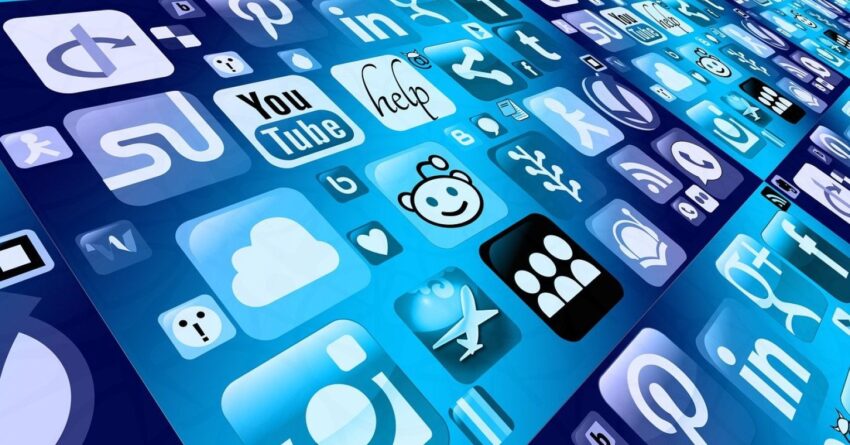
Source: Geralt / Pixabay
In the early 2000s, social media was a baby. Cut to now: Statista (2023) predicts there should be around six billion social media users worldwide by 2027. While such rapid growth makes it difficult for research to keep up, there’s no doubt about at least one thing: In the two decades since social media has taken off, mental health and suicide rates have increased, especially among young people (Twenge et al., 2019). Is this somehow linked to the explosion of social media’s use and availability?
Thankfully, research is helping us better understand the complicated interaction of mental health and social media. For example, social networking doesn’t trigger depression or anxiety for everyone, but it does for some. So let’s look at why and how so that we can think about personalized ways to improve our mindsets or moods if needed.
What Do We Know So Far?
Many suspected that “time spent” on social media was the culprit of rising depression rates. However, studies have yet to be able to back that with consistency (Cunningham, Hudson, & Harkness, 2021). So researchers started looking at more nuanced explanations. Beyond time spent, research began to look at the connection between social media and a user’s emotional investment; their compulsive use/addiction-like relationship; FoMO (fear of missing out) experiences; and passive vs. active use.
Emotional investment. Are you or someone you love known as a “passionate” person? If so, does that also apply to investing in what goes on online? To check, maybe notice if online antics and exchanges sway your moods or idea of self-value (e.g., fewer likes make you feel less worthy). Research by Alsunni and Latif (2020) showed that higher emotional investment in social media is related to anxiety and depression.
Addiction-like relationship. The Bergen’s Addiction scale (Andreassen et al., 2012) is a brief test to check if you might have an addiction-type relationship to social media. It asks about time spent thinking about social media, the urge to use it, if you use it to forget problems, if you’ve tried to cut down without success, if you feel troubled without it, and if it’s negatively impacting your job or studies.
FoMO. Do you suffer from FoMO in real life? If so, check if that applies to social media, too. According to Alutaybi and colleagues (2020), FoMO is a type of problematic attachment to social media. It comes in many forms—fear of missing responses, fear of missing conversations, fear of missing an opportunity to be perceived in a certain way, etc. Experiencing FoMO can elicit, for example, lack of sleep, anxiousness, and reduced quality of life.
Passive vs. active use. Though active use (like exchanging communications, posting/sharing actively) is often enriching, a study by Svensson, Johnson, and Olsson (2022) revealed that aspects of active use like posting your own image and/or self-expression publicly can also bring on experiences of sadness/depression, worry, stomachache or headache, loneliness, and difficulty sleeping or eating. (That seems logical, considering that self-presentation posts will live online forever.)
Then there’s passive use (like scrolling), which links to impulse buying and has been shown to increase depression significantly. A 2022 study (Braghieri, Levy, & Makarin) potentially explains why: the ability to engage in unfavorable social comparisons (seeing others as better/having better lives or looks, more money, etc.). Not all people are vulnerable to the deleterious effects of unfavorable social comparison, but many are.
What to Do
Since social media is a normal part of life today, we all could use ways to understand and manage it, especially if it’s negatively affecting our mental health. The simplest approach to relief might be to mix up your feeds, patterns, responses, and time on social media. See if your symptoms change or improve. Others might include –
Social Media Essential Reads
- If you have an emotional investment in social media, see if you can figure out why that is and what might help you to care less or manage it better. For example, you could try limiting or reducing time spent engaging with social media. See if your emotional investment chills a bit.
- If you believe you’re “addicted,” explore support groups, therapy, journaling, and other approaches.
- If you experience FoMO from social media, maybe try exposure and response prevention (ERP) or work on changing your beliefs/fears about what you see. If you need a therapist’s help, Psychology Today has a directory.
- When it comes to passive vs. active use, notice your thoughts as you do either. What happens in your body: Is it tension, a sense of connection, or something else? See what you learn about how social media might be affecting your mental health.
- Finally, if you are comparing yourself unfavorably to others, stop it! (OK, I’m kidding; I wish it were that easy.) Maybe start by bringing in feeds that don’t elicit ick-comparison thoughts and feelings. Puppies, kitties, nature, and images you appreciate but that cannot trigger comparison are a good start.
If we’re open to it, mindfulness, self-awareness, and science will continue to inform us, helping us manage the combination of our mental health interacting with social media “on the regular.”
This article is for informational purposes only and does not provide therapy or professional advice.
If you or someone you love is contemplating suicide, seek help immediately. For help 24/7, dial 988 for the 988 Suicide & Crisis Lifeline, or reach out to the Crisis Text Line by texting TALK to 741741. To find a therapist near you, visit the Psychology Today Therapy Directory.
